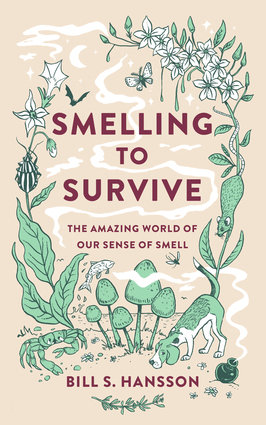
Sign up today...
for featured titles, special offers, bestsellers, and more, in your inbox!


SCIENCE
352 Pages, 5.43 x 8.5
Formats: Trade Paper
Trade Paper, $22.95 (CA $30.95) (US $22.95)
Publication Date: July 2023
ISBN 9781915054494
Rights: US, CA, AU & NZ
Legend Times Group (Jul 2023)
Hero
Along the way, leading scientist Bill Hansson recounts amazing stories from the world of olfactory research: from the tobacco plant that excretes an alarm odor, to mosquitos that cherish the smell of sweaty feet, to lilies that imitate the fragrance of horse manure. Hansson explains why scientists are interested in the smell that surrounds teenage males, and how climate change affects the smell of our environment. He describes research trips to Christmas Island, where crabs with particularly keen noses crack coconuts on the beach, and outlines studies that reveal how penguins recognize their partner by their scent.